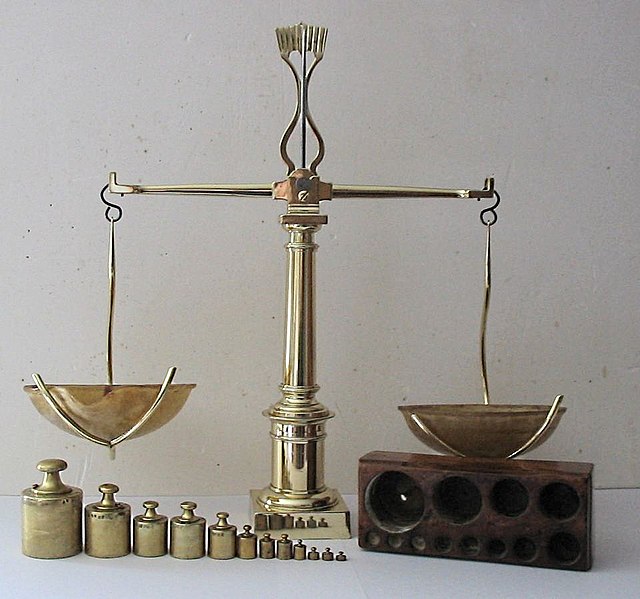A comparison sort is a type of sorting algorithm that only reads the list elements through a single abstract comparison operation that determines which of two elements should occur first in the final sorted list. The only requirement is that the operator forms a total preorder over the data, with:if a ≤ b and b ≤ c then a ≤ c (transitivity)
for all a and b, a ≤ b or b ≤ a (connexity).
Sorting a set of unlabelled weights by weight using only a balance scale requires a comparison sort algorithm.
In computer science, radix sort is a non-comparative sorting algorithm. It avoids comparison by creating and distributing elements into buckets according to their radix. For elements with more than one significant digit, this bucketing process is repeated for each digit, while preserving the ordering of the prior step, until all digits have been considered. For this reason, radix sort has also been called bucket sort and digital sort.
An IBM card sorter performing a radix sort on a large set of punched cards. Cards are fed into a hopper below the operator's chin and are sorted into one of the machine's 13 output baskets, based on the data punched into one column on the cards. The crank near the input hopper is used to move the read head to the next column as the sort progresses. The rack in back holds cards from the previous sorting pass.


